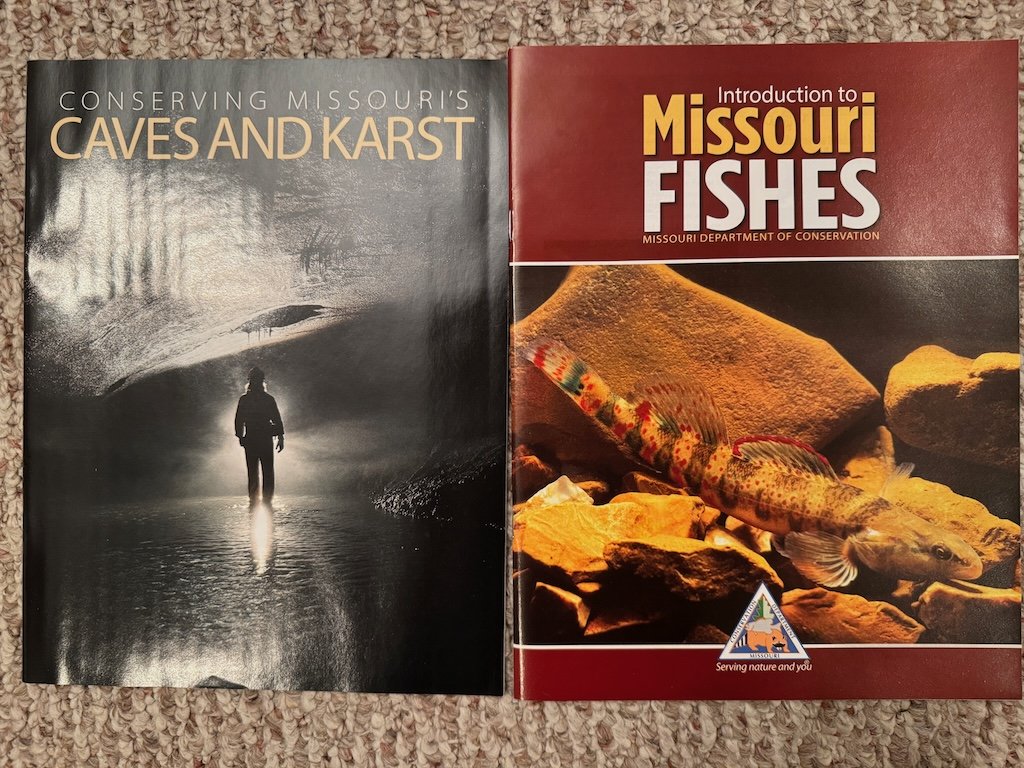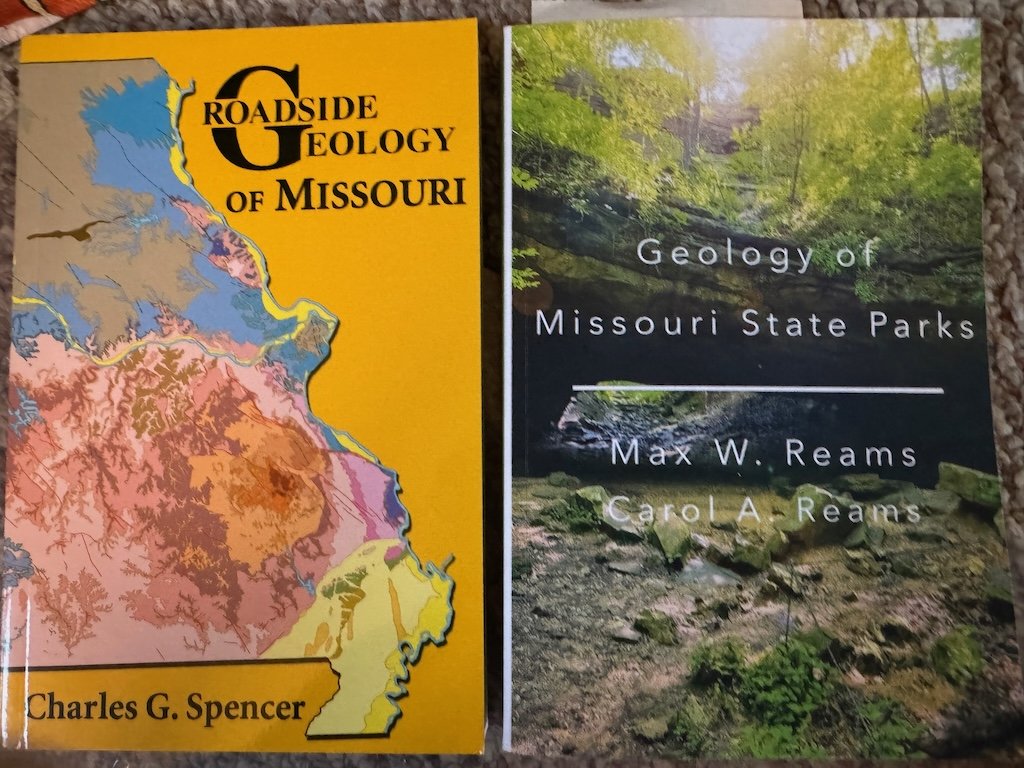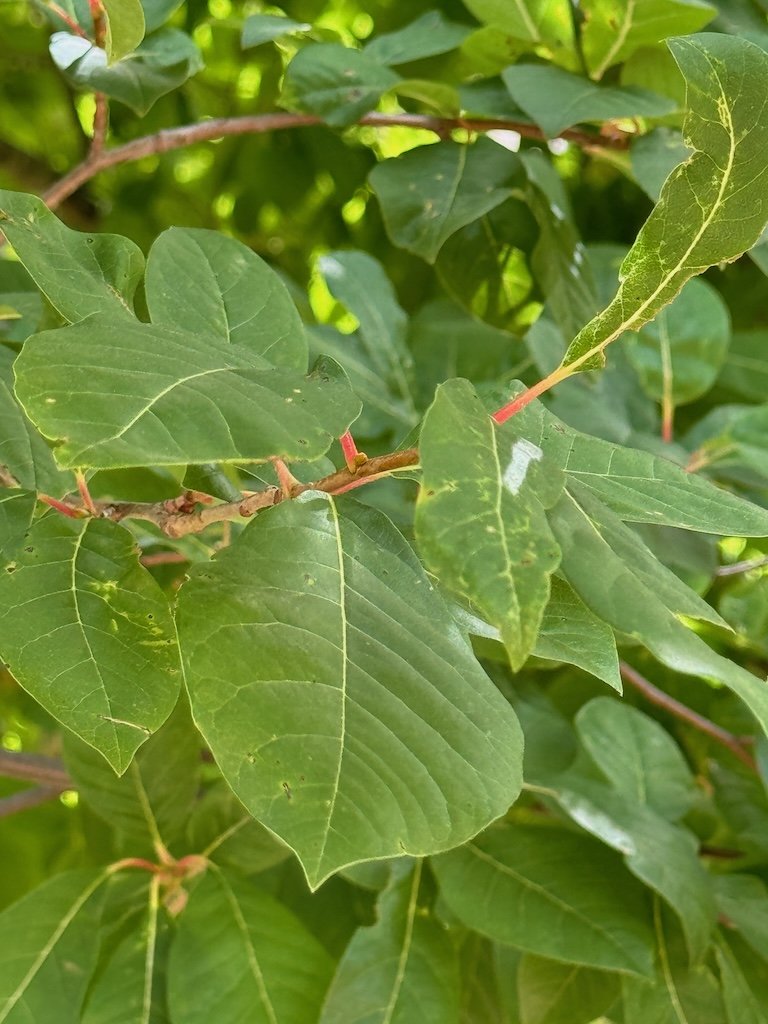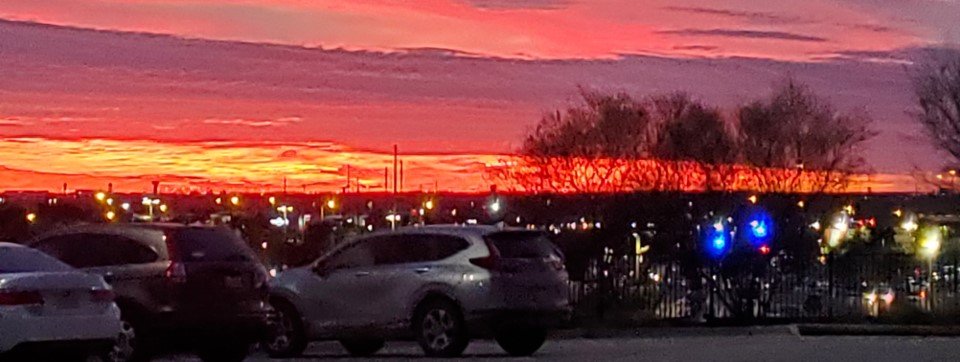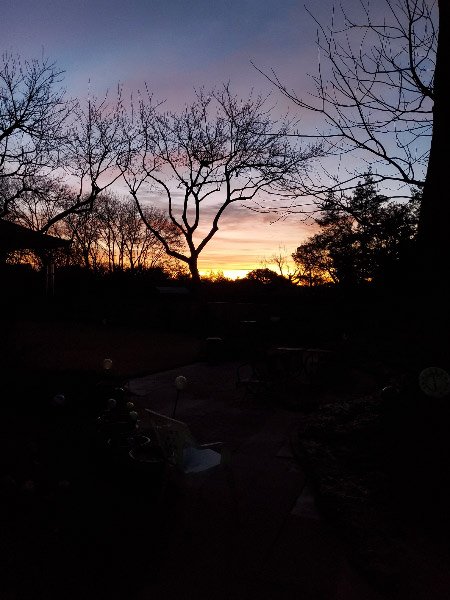2024 in Review: Travel and Classes
/2024 was a year we ramped up our travel and educational activities – almost to the pre-COVID levels. Both involve being out and about with groups of people….great opportunities to enjoy the place and engage social skills more frequently. Since we now live in the center of the country rather than the east coast, our travel has been via road trips rather than flying; we are not missing the hassle of airports and rental cars!
The travel included two birding festivals (Whooping Crane Festival and Festival of the Cranes) and a solar eclipse…and frequent trips (at least monthly) to Dallas for family visits.
There are accommodations my husband and I (4 years older than when we travelled pre-COVID) are developing for ourselves to ensure that we feel good when we travel:
stretch breaks every hour or so when we are driving
exercise regime that works in hotels to minimize aches and pains
eating almost the same as we do at home (big meal in the middle of the day, extra veggies for me)
keeping our sleep time on central time (if possible)
Both my husband and I have been doing online webinars for a long time. This last fall I re-started in-person classes with the Missouri Master Naturalist Training and a class at Missouri State University (Identifying Woody Plants). The master naturalist training was a path toward creating the level and type of volunteering I had enjoyed in Maryland; it lived up to my expectation of continuing the transition to ‘Missouri as home.’
The university class was the first time I had taken a university class since the 1980s and was something to savor because of that and the topic/professor/other students; I found that taking a university class without the pressure of needing a grade or hurrying off to my job was pleasantly different from any of my prior experience.
2024 was a year that saw us settled in our new home in Missouri and increasing both our travel and in-person classes activity. The travel will be sustained (or increased slightly in 2025). The in-person classes might be reduced since there is nothing equivalent to another master naturalist core training, but my volunteering in 2025 is likely to be significantly more than it was in 2024.











